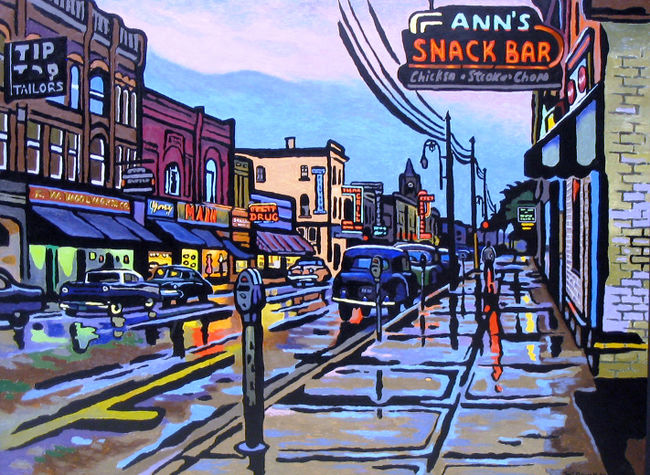Challenge #5 - Stickers, die cuts, rub ons, and swaps
It's time to make S.P.A.C.E.
While you are busy sorting your stickers you should also sort any swaps you’ve been holding on to. Many of us have fallen victim to the lure of scrapbook swaps among local and online groups. All the hours, material, creativity, and postage costs make these items difficult to purge. But let's face it . . . not everything is YOUR style, you are NEVER going to use some of it.
SORT:
Time to be ruthless. Consider if you are really going to use these items. If you bought a whole sheet of die cuts just to use one or two tags, why are you hanging on to the whole sheet? Those stickers you bought in 1999 were adorable then, but definitely not your style now, are they? So, sort into piles: TRASH, SELL, DONATE, TO KEEP
PURGE:
PURGE:
Throw out the TRASH pile. Bag up, and assign a price and your initials to the SELL pile and put them directly into the garage sale box. Make immediate arrangements to rid yourself of the DONATE items.
ASSIGN:
ASSIGN:
The KEEP items need to be divided into categories that make sense to you: by colour, by manufacturer, theme, size, or type.
CONTAINERIZE:
Here is an article about storing stickers, die cuts and rub-ons:
EQUALIZE:
EQUALIZE:
Take a few minutes at the end of each scrap session and whenever you return from a crop or a shopping trip to put your stickers, rub-ons and die cuts where they belong.
SWAPS
SWAPS
While you are busy sorting your stickers you should also sort any swaps you’ve been holding on to. Many of us have fallen victim to the lure of scrapbook swaps among local and online groups. All the hours, material, creativity, and postage costs make these items difficult to purge. But let's face it . . . not everything is YOUR style, you are NEVER going to use some of it.
It's time to make more S.P.A.C.E.
SORT:
SORT:
Keep only what you love. If the colour or style does not make you smile, it must go. Keep only what is significant to you - don't keep the soccer page swap items if your kids are into hockey and dance. Sort into: KEEP, TRASH, SELL, DONATE
PURGE:
PURGE:
Pack up the DONATE pile and give it to a beginner scrapbooker who might appreciate these items. Throw out the TRASH pile. Bag up and assign a price and your initials to the SELL items and put them directly into the garage sale box.
ASSIGN:
ASSIGN:
Sort your KEEP items into categories, theme, holiday, colour, whatever makes sense to you.
CONTAINERIZE:
CONTAINERIZE:
Store your keepers in page protectors by theme in binders, or get them into giant ziplocs to create page kits for your next cropping session.
EQUALIZE:
EQUALIZE:
Next time a swap arrives in the mail, take a few minutes to toss or give away what you know you'll never use, create a page kit for your next cropping session, or put in a page protector in your swap binder for storage.
At one point in my scrapbooking life I participated in a ridiculous number of swaps. Not any more . . .
When you are done, please share a photo to our Facebook group showing your storage system.
At one point in my scrapbooking life I participated in a ridiculous number of swaps. Not any more . . .
When you are done, please share a photo to our Facebook group showing your storage system.









